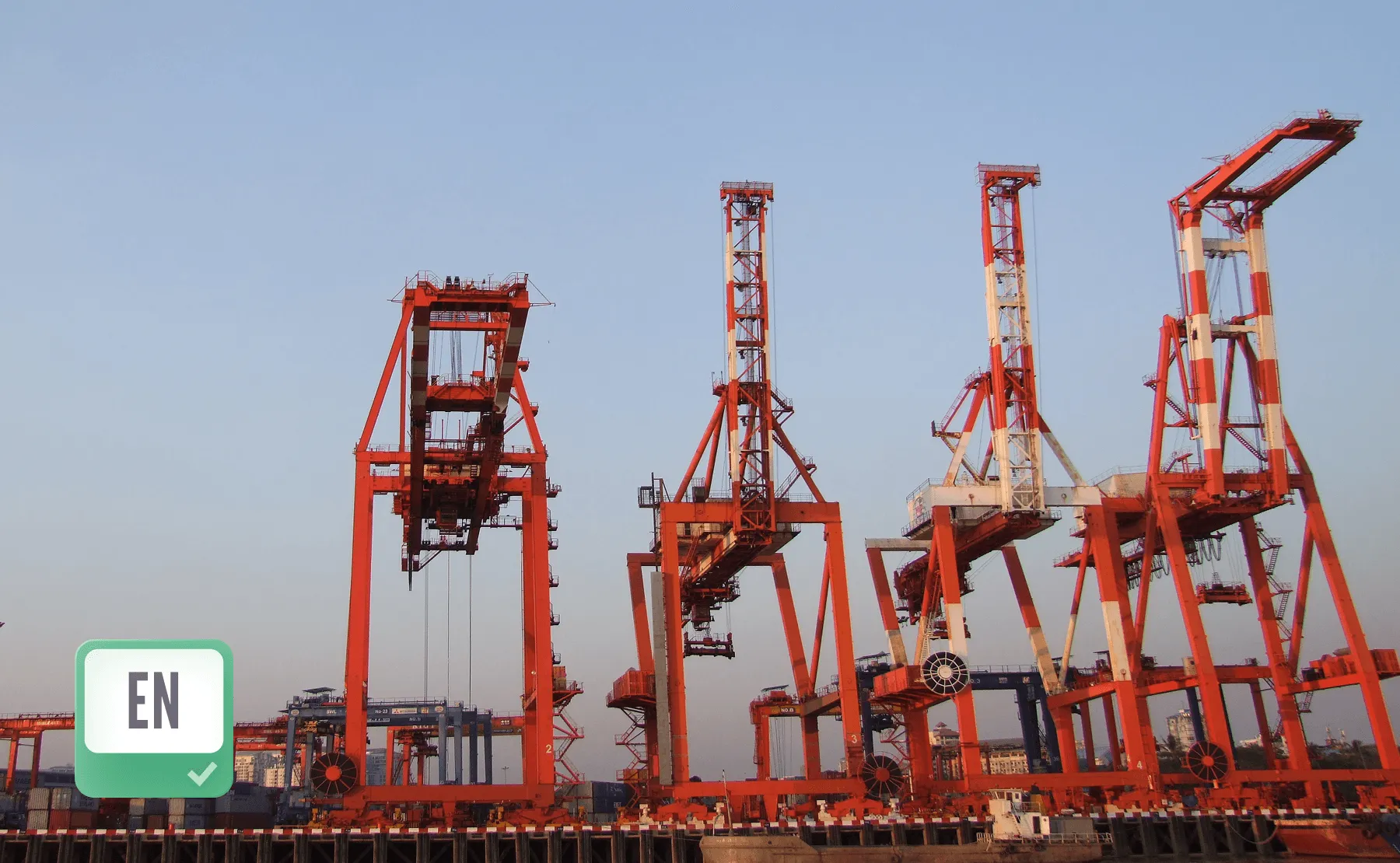Covers static strength, fatigue, and weld checks—all based on the latest crane safety design rules.
Use simplified or stress-history-based fatigue methods, including rainflow summation from your FEA results.
Automatically apply equations for weld material under-matching and effective weld length adjustments.
Factor in notch classes, slope factors, and reduced stress ranges for welded and non-welded joints.
Run nominal stress-based calculations with optional support for Hot Spot stress and directional weld logic.
Generate traceable documentation with all safety factors, load groups, and fatigue life assumptions included.

EN 13001-3-1+A2 (2018) defines structural safety requirements for crane components using the limit state method. It sets rules for static, fatigue, and weld strength evaluations of steel structures.
The standard is widely used across the crane and lifting equipment industry, ensuring compliance with EU safety regulations.
Key highlights include:
EN 13001 is part of the broader European standardization system and applies across all EU member states. It ensures design consistency, simplifies market entry, and supports safe lifting operations.
ABS Standards
AIJ Standards
AISC Standards
API Standards
ASME Standards
Australian Standards
British Standards
Bureau Veritas Standards
DIN Standards
DNV Standards
DVS Standards
EN 13001 Standard
Eurocode 3
Eurocode 9
F.E.M. 1.001
FKM Standard
IACS Standards
ISO
Lloyd’s Register (LR) Standards
NORSOK Standards
VDI Standards
We currently support EN 13001-3-1+A2 (2018) for crane steel structures.
SDC Verifier supports static strength, fatigue strength, and weld strength checks based on the EN 13001 standard.
Yes. You can apply fatigue checks using FEA-derived nominal stress values and optionally include Rainflow Counting and Hot Spot Stress for advanced analysis.
Both are supported. The calculation adapts based on whether weld material under-matching is applied, switching between yield and ultimate tensile strength logic.
Both are supported. The calculation adapts based on whether weld material under-matching is applied, switching between yield and ultimate tensile strength logic.
Yes. For non-welded or stress-relieved details, the effective stress range includes full tensile and 60% of the compressive portion, per EN 13001 guidance.